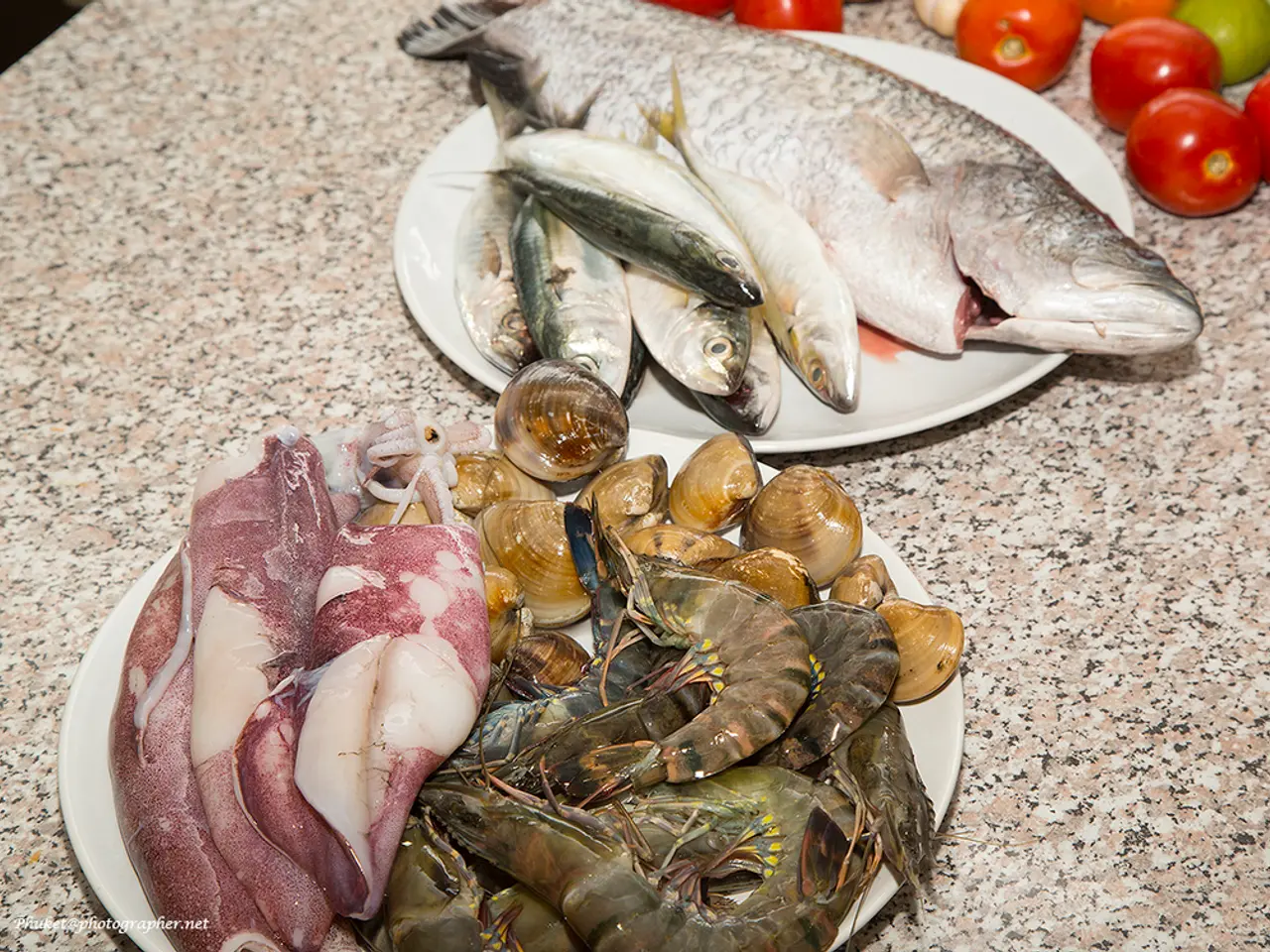Revising SLH actions: offering a fresh perspective
In a unique and engaging project, students from four different schools applied their knowledge of marine food webs to their school grounds, providing a hands-on approach to understanding ecosystems. Led by a year 7 and 8 teacher, Cath, the project aimed to bridge the gap between abstract concepts and tangible experiences.
The students, aged between 11 and 14 years old, started by taking photographs of the school grounds and categorizing the images into producers, consumers, and decomposers. Using these images, they then constructed food webs of the local ecosystem, drawing upon examples found on the school grounds.
Cath stated that the activity helped students broaden their thinking and think a little wider and deeper about the interdependence of organisms in an ecosystem. "By exploring familiar environments, students can better grasp the complexity and interconnectedness of ecosystems beyond theoretical models," she said.
The students were able to build their own food web to show the interdependence of organisms in an ecosystem. They understood that the number and type of species that make up each level in food webs vary greatly between different areas and ecosystems. However, they also learned that food webs throughout the world have the same basic trophic levels.
By the end of the activity, students were able to understand the difference between a food chain and a food web. Food chains, they learned, are linear pathways of energy transfer, whereas food webs are more complex networks that represent the interconnections between organisms in an ecosystem.
The project, which involved six teachers from four schools with year levels ranging from 3 to 10, allowed students to apply their knowledge from the marine food web activity to a familiar context - the school grounds. The students presented their food webs and other findings to the class and put them on their blogs.
Mapping local food webs and energy pathways on their school grounds encouraged problem-solving and inquiry about organism interactions and environmental impacts. This enhanced critical thinking and scientific inquiry skills, developing observational, analytical, and experimental skills critical for understanding Earth's systems.
Moreover, students recognized the importance of local biodiversity and ecosystem functions such as nutrient cycling and habitat provision, paralleling marine ecosystem services they initially studied. This appreciation for ecosystem services is an essential step towards fostering environmental literacy and stewardship.
In summary, applying marine food web knowledge to school grounds acts as a bridge from aquatic ecosystem models to terrestrial contexts, improving students’ ecological comprehension and appreciation through active, place-based learning and scientific inquiry. This approach supports a holistic understanding of ecosystems as interconnected and dynamic, enhancing environmental literacy.
- The students' exploration of their school grounds led to an expansion of their learning beyond just marine food webs, as they began to construct food webs of the local ecosystem, thus broadening their education-and-self-development in science.
- As a result of the project, the students gained a deeper understanding of the science behind food webs, learning the differences between food chains and food webs, as well as recognizing the interconnectedness of organisms in an ecosystem, thus fostering their learning and appreciation for the complexity of ecosystems.




